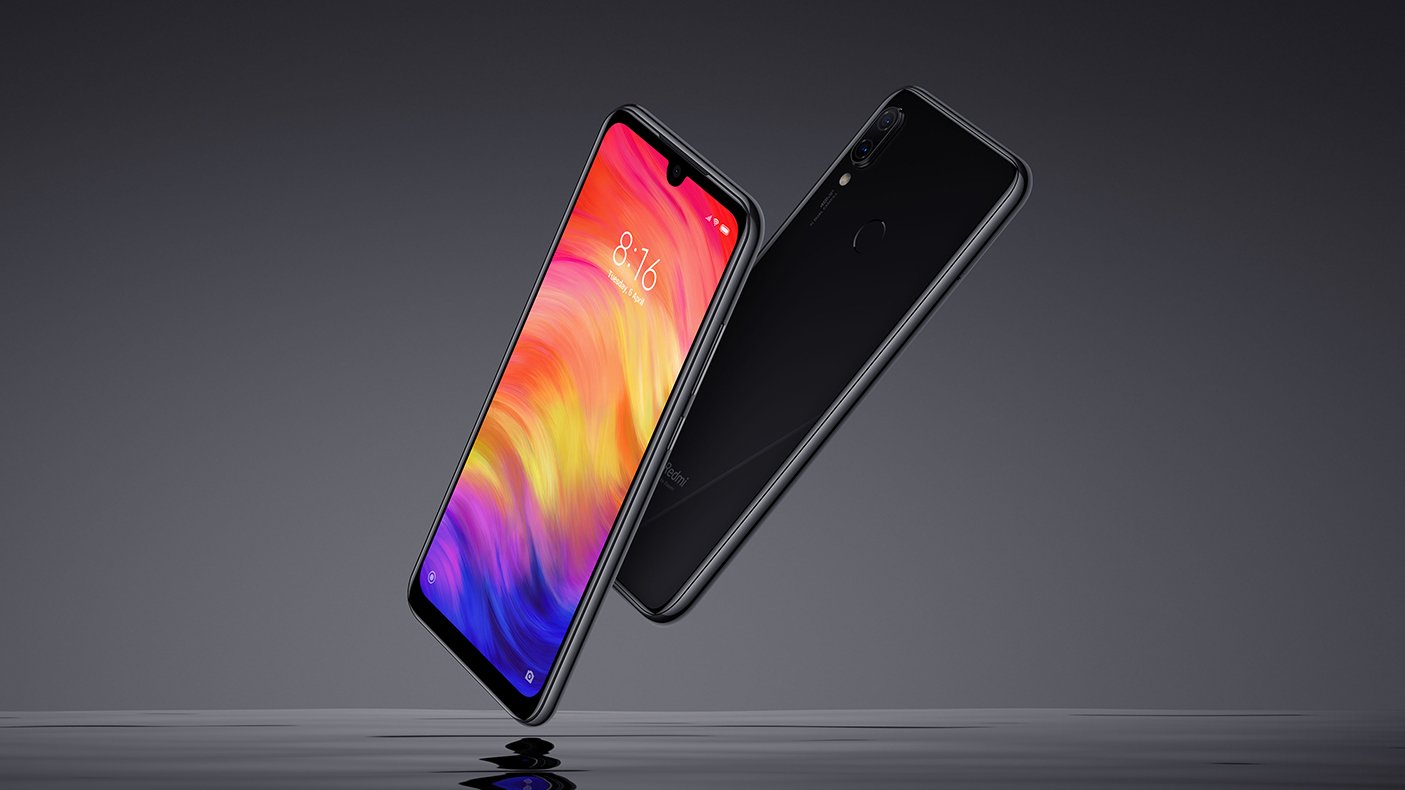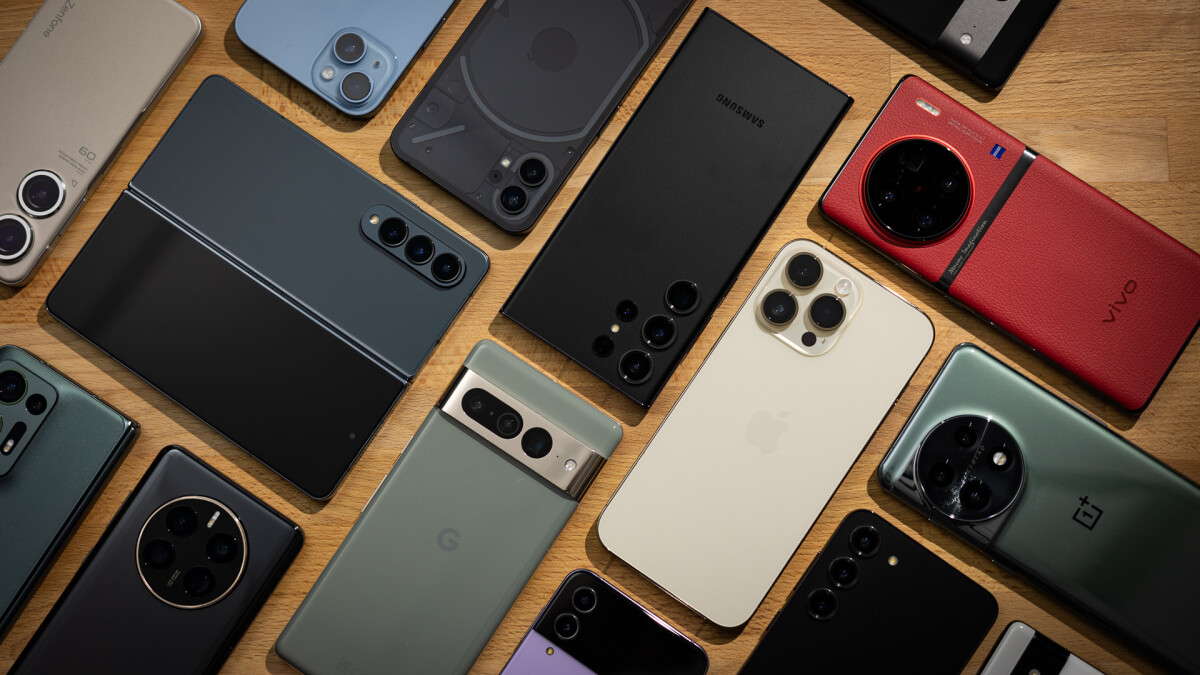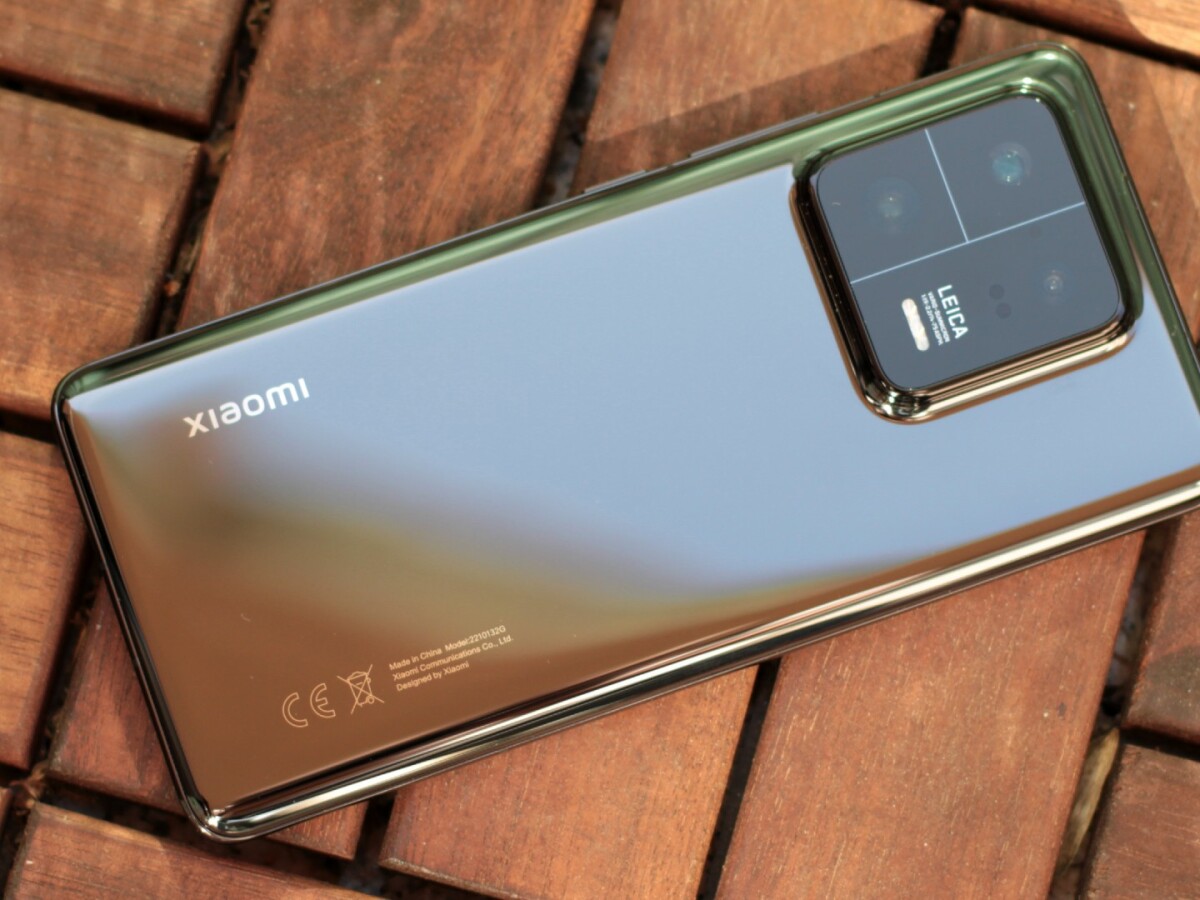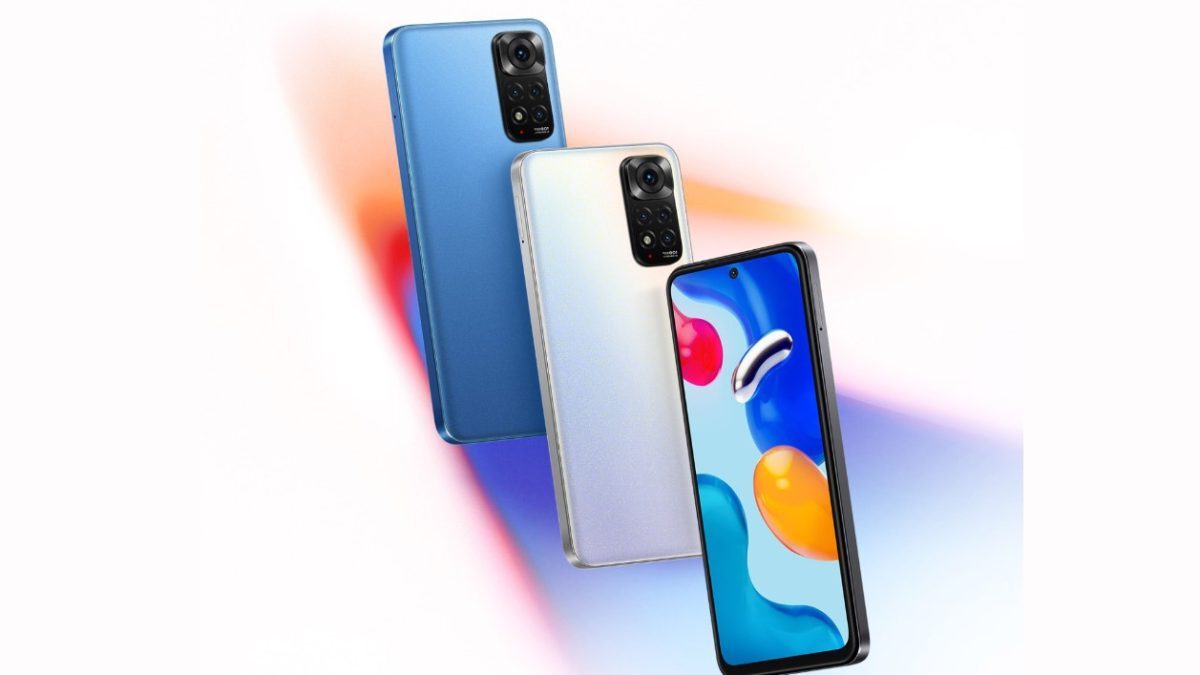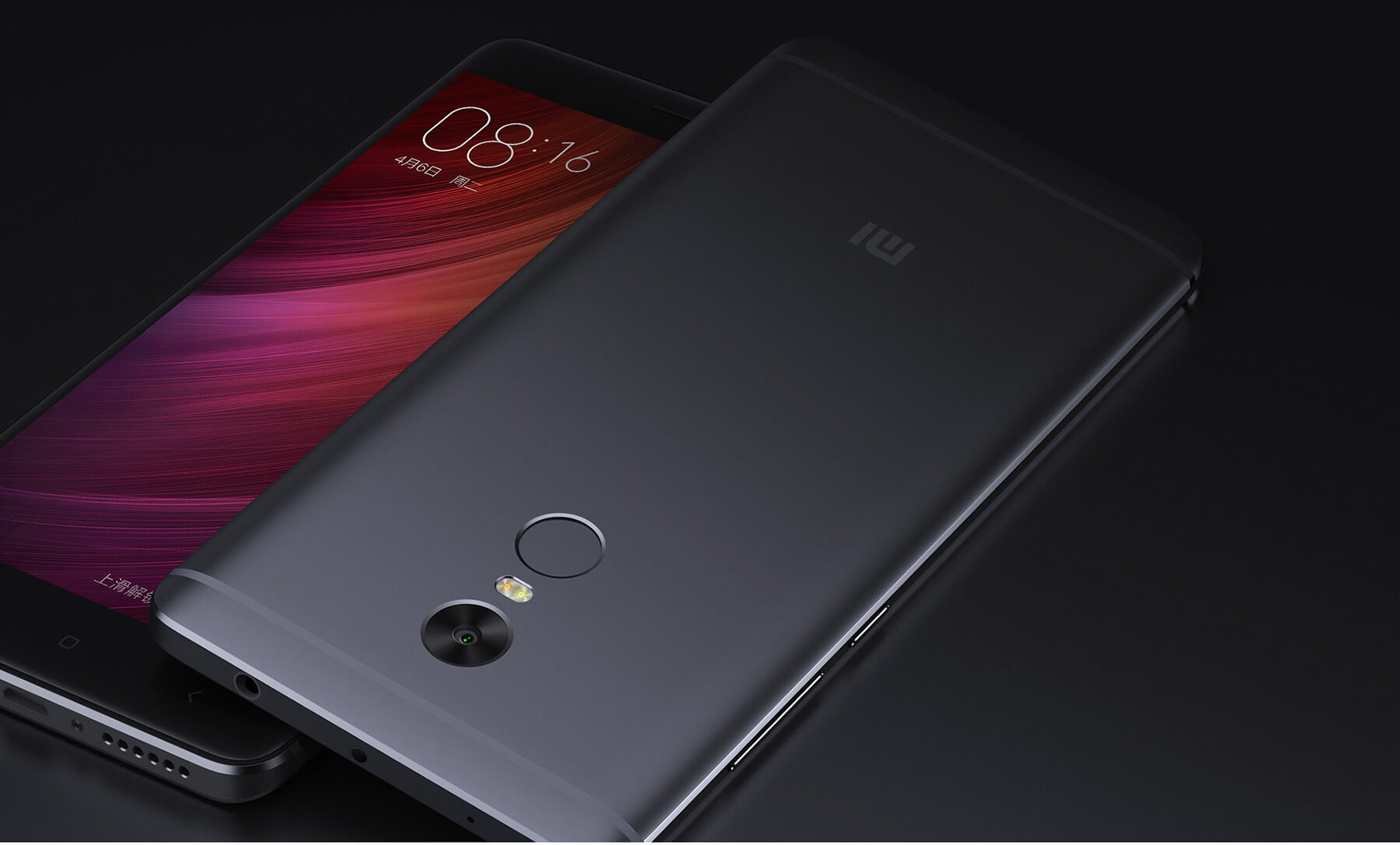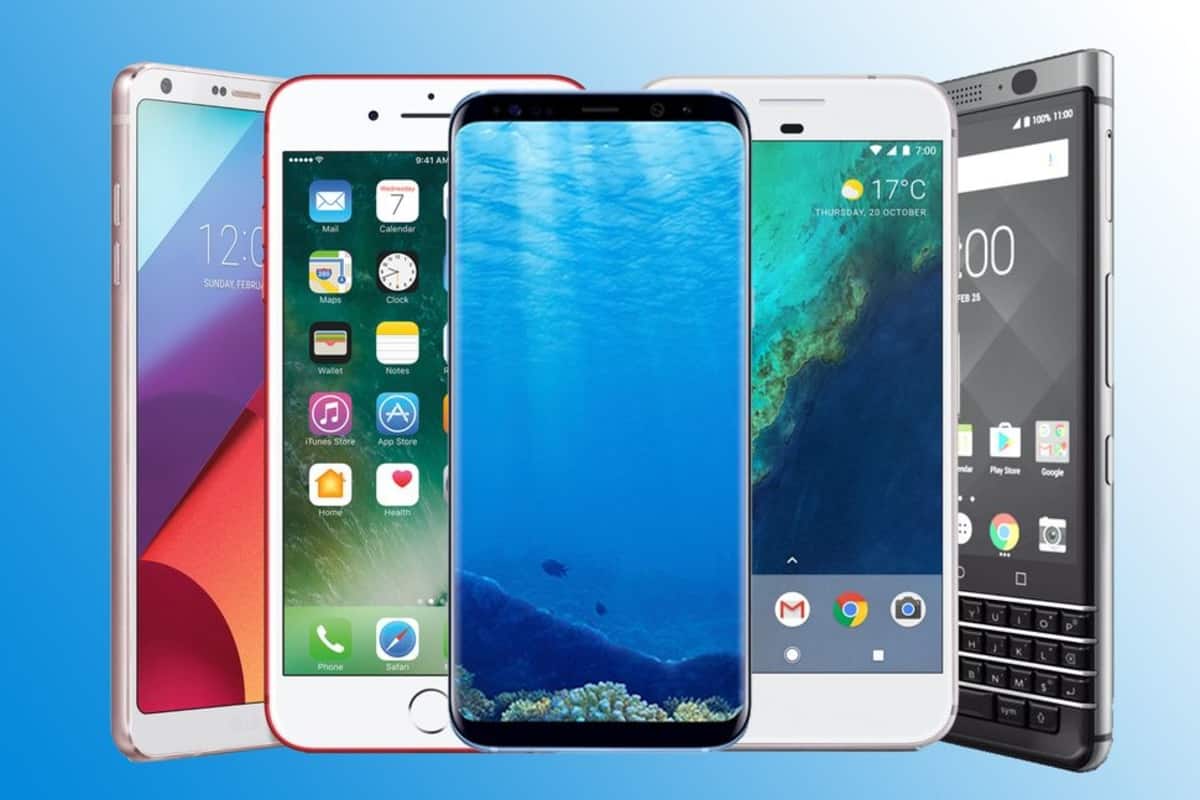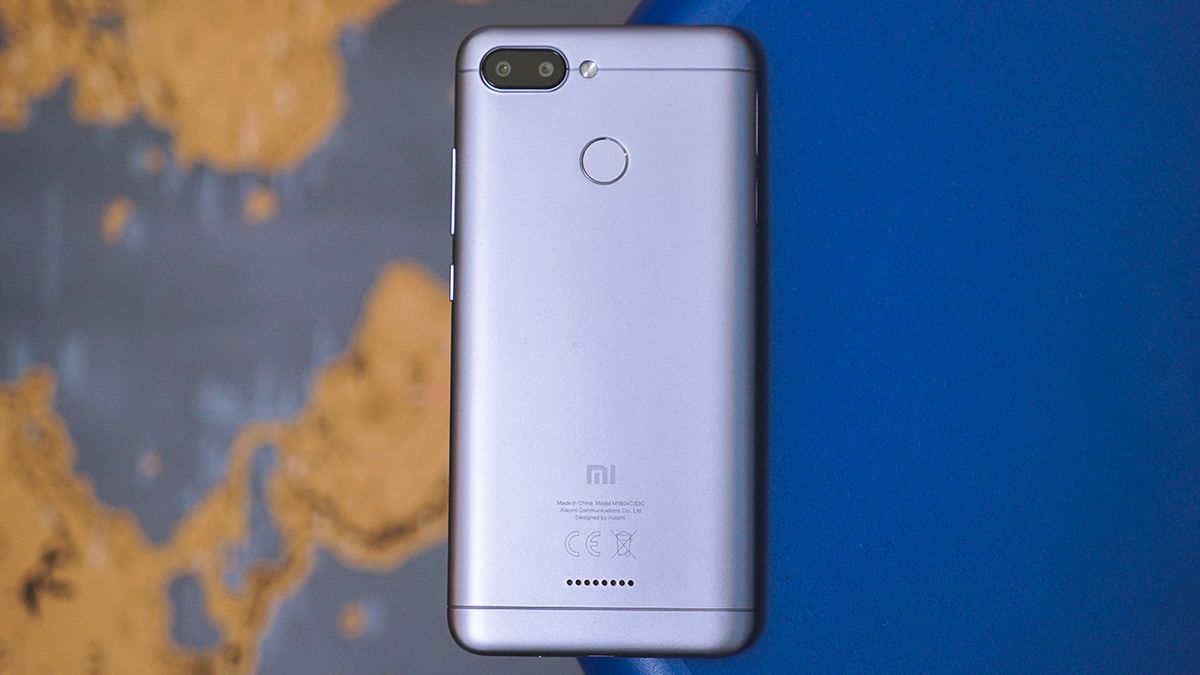Introduction
The Redmi Note 7 is a remarkable smartphone that has garnered widespread acclaim for its impressive features and affordability. As a savvy consumer, it's essential to understand the compatibility of the Redmi Note 7 with various US cellphone networks. This knowledge empowers you to make informed decisions when selecting a carrier and ensures that you can fully leverage the capabilities of your device.
Understanding the intricacies of GSM, CDMA, LTE, and 5G networks is crucial in this context. Each network type has its own set of technical specifications and operational standards, which directly impact the compatibility of your Redmi Note 7. By delving into the specifics of these networks, you can gain a comprehensive understanding of how your device interacts with different carriers and network technologies.
In this article, we will explore the compatibility of the Redmi Note 7 with various US cellphone networks, shedding light on the nuances of GSM, CDMA, LTE, and 5G technologies. By the end of this exploration, you will be equipped with the knowledge needed to navigate the intricacies of US cellphone networks and make informed decisions regarding your Redmi Note 7's connectivity. Let's embark on this enlightening journey to unravel the compatibility of the Redmi Note 7 with US cellphone networks.
GSM Networks
GSM, or Global System for Mobile Communications, is a standard developed by the European Telecommunications Standards Institute (ETSI) to describe the protocols for second-generation (2G) digital cellular networks used by mobile devices such as smartphones. The Redmi Note 7 is compatible with GSM networks, which are widely utilized by major carriers in the United States, including AT&T and T-Mobile.
One of the key advantages of GSM networks is their widespread global adoption. This means that if you travel internationally, your Redmi Note 7 can seamlessly connect to GSM networks in various countries, ensuring continuous connectivity. Additionally, GSM technology allows for easy SIM card swapping, enabling you to switch between different carriers without any hassle.
The compatibility of the Redmi Note 7 with GSM networks is attributed to its support for the necessary frequency bands. In the US, GSM networks primarily operate on the 850 MHz and 1900 MHz bands, and the Redmi Note 7 is designed to work within these frequency ranges. This compatibility ensures that you can enjoy reliable voice calls, text messaging, and data connectivity on GSM networks with your Redmi Note 7.
Furthermore, GSM networks utilize SIM cards to authenticate and identify subscribers, enabling seamless integration of the Redmi Note 7 with these networks. This SIM card-based approach facilitates easy activation of the device on GSM carriers, allowing you to swiftly set up your Redmi Note 7 and start using the network services without any complications.
In summary, the Redmi Note 7's compatibility with GSM networks makes it a versatile and well-suited device for use with major carriers such as AT&T and T-Mobile in the United States. Its support for the requisite frequency bands and SIM card-based authentication ensures seamless connectivity and ease of use, making it an ideal choice for consumers seeking a reliable and adaptable smartphone for their communication needs.
CDMA Networks
CDMA, or Code Division Multiple Access, represents a different approach to wireless communication compared to GSM. While GSM utilizes SIM cards for subscriber authentication, CDMA networks rely on embedded subscriber information within the device itself. This fundamental difference in technology has implications for the compatibility of the Redmi Note 7 with CDMA networks in the United States.
In the US, CDMA networks are primarily associated with carriers such as Verizon and Sprint. These carriers have historically deployed CDMA technology for their wireless services, and while they have transitioned to LTE and 5G networks in recent years, CDMA compatibility remains a relevant consideration for devices like the Redmi Note 7.
The Redmi Note 7 is engineered to support CDMA networks, ensuring that users can leverage the services offered by Verizon and Sprint. This compatibility is made possible through the inclusion of the necessary CDMA frequency bands in the device's hardware, allowing it to communicate effectively with CDMA networks and access voice, messaging, and data services.
It's important to note that as the telecommunications landscape evolves, CDMA networks are gradually being phased out in favor of more advanced technologies such as LTE and 5G. However, for the time being, the compatibility of the Redmi Note 7 with CDMA networks ensures that users can continue to enjoy reliable connectivity and access carrier-specific features provided by Verizon and Sprint.
The seamless integration of the Redmi Note 7 with CDMA networks underscores its versatility as a device capable of operating across different network technologies. This compatibility empowers users to select their preferred carrier based on factors such as coverage, pricing, and service offerings, knowing that the Redmi Note 7 can deliver a consistent and reliable wireless experience.
In summary, the Redmi Note 7's compatibility with CDMA networks, exemplified by its support for carriers like Verizon and Sprint, reinforces its position as a well-rounded smartphone suitable for diverse user preferences and network requirements. As the telecommunications industry continues to evolve, the Redmi Note 7's adaptability ensures that users can confidently navigate the landscape of US cellphone networks and make informed choices regarding their wireless connectivity.
LTE Networks
LTE, or Long-Term Evolution, represents a significant advancement in wireless communication technology, offering enhanced data speeds, improved network capacity, and lower latency compared to previous generations of cellular networks. As the predominant standard for 4G connectivity, LTE networks have become integral to the modern telecommunications landscape, providing users with high-speed data access and robust network performance.
The Redmi Note 7 is designed to seamlessly integrate with LTE networks, ensuring that users can experience the full potential of 4G connectivity on compatible carriers such as AT&T, T-Mobile, Verizon, and Sprint. This compatibility is underpinned by the Redmi Note 7's support for the LTE frequency bands utilized by these carriers, enabling users to access high-speed data, make high-quality voice calls over LTE (VoLTE), and enjoy a seamless multimedia streaming experience.
One of the key benefits of LTE networks is their ability to deliver significantly faster data speeds compared to previous technologies. With the Redmi Note 7's compatibility with LTE, users can leverage this high-speed connectivity to stream high-definition videos, engage in online gaming, and download large files with remarkable efficiency. This capability enhances the overall user experience, allowing individuals to stay connected and productive while on the go.
Moreover, LTE networks play a pivotal role in supporting advanced mobile applications and services, including video conferencing, real-time navigation, and cloud-based productivity tools. The Redmi Note 7's compatibility with LTE ensures that users can seamlessly access and utilize these services, leveraging the robust network capabilities to enhance their daily activities and communication.
In addition to high-speed data access, LTE networks enable seamless voice calls over the data network through VoLTE technology. The Redmi Note 7's support for VoLTE ensures that users can experience crystal-clear voice calls with faster call setup times, improved call quality, and the ability to simultaneously use voice and data services without any limitations.
The compatibility of the Redmi Note 7 with LTE networks underscores its position as a forward-looking smartphone that aligns with the evolving standards of wireless connectivity. By embracing LTE technology, the Redmi Note 7 empowers users to harness the full potential of 4G networks, enabling them to stay connected, productive, and entertained with unparalleled speed and reliability.
In summary, the Redmi Note 7's compatibility with LTE networks represents a pivotal aspect of its connectivity capabilities, ensuring that users can leverage high-speed data access, VoLTE, and advanced mobile services across major carriers in the United States. This compatibility underscores the Redmi Note 7's commitment to delivering a seamless and enriching wireless experience, aligning with the demands of modern mobile connectivity.
5G Networks
The emergence of 5G technology represents a monumental leap forward in the realm of wireless communication, ushering in a new era of connectivity characterized by unprecedented speed, capacity, and low latency. As the next generation of cellular networks, 5G holds immense potential to revolutionize how we interact with mobile devices, access data, and engage with advanced technologies.
The Redmi Note 7, with its forward-looking design and technological prowess, is poised to embrace the transformative capabilities of 5G networks. While the device itself may not be equipped with native 5G support, its compatibility with LTE networks lays a solid foundation for leveraging the benefits of 5G through network evolution and carrier deployment.
5G networks promise to deliver blazing-fast data speeds, enabling users to download and upload content at unprecedented rates. With the Redmi Note 7's compatibility with LTE networks, users can seamlessly transition to 5G as carriers expand their 5G coverage, unlocking a new realm of possibilities for high-speed data access, ultra-high-definition video streaming, and immersive augmented reality experiences.
Moreover, the low latency of 5G networks facilitates real-time interactions and responsiveness, laying the groundwork for transformative applications such as remote surgery, autonomous vehicles, and augmented reality gaming. The Redmi Note 7's compatibility with LTE networks positions it as a future-ready device, ready to embrace the innovative services and experiences made possible by 5G technology.
As carriers continue to roll out 5G infrastructure across the United States, the Redmi Note 7's compatibility with LTE networks ensures that users can seamlessly transition to 5G-enabled plans and devices, unlocking the full potential of this groundbreaking technology. The device's adaptability to evolving network standards underscores its longevity and relevance in the rapidly advancing landscape of wireless connectivity.
In essence, while the Redmi Note 7 may not feature native 5G support, its compatibility with LTE networks paves the way for users to seamlessly transition to 5G technology, unlocking unparalleled speed, responsiveness, and transformative experiences. As 5G networks continue to expand and mature, the Redmi Note 7 stands ready to embrace the future of wireless connectivity, empowering users to stay at the forefront of technological innovation and seamless communication.
Conclusion
In conclusion, the compatibility of the Redmi Note 7 with various US cellphone networks underscores its versatility and adaptability in the dynamic landscape of wireless connectivity. By supporting GSM, CDMA, LTE, and laying the groundwork for 5G integration, the Redmi Note 7 empowers users to seamlessly connect with major carriers, access high-speed data, and embrace the future of mobile communication.
The Redmi Note 7's compatibility with GSM networks, exemplified by its support for AT&T and T-Mobile, ensures that users can enjoy reliable voice calls, text messaging, and data connectivity. Its seamless integration with GSM technology, including support for global frequency bands and SIM card-based authentication, enhances its appeal as a well-rounded device for diverse user preferences.
Furthermore, the Redmi Note 7's compatibility with CDMA networks, particularly with carriers like Verizon and Sprint, reinforces its position as a versatile smartphone capable of meeting diverse network requirements. This compatibility ensures that users can continue to leverage the services offered by CDMA carriers, providing a consistent and reliable wireless experience.
The device's seamless integration with LTE networks represents a pivotal aspect of its connectivity capabilities, enabling users to access high-speed data, VoLTE, and advanced mobile services across major carriers in the United States. This compatibility underscores the Redmi Note 7's commitment to delivering a seamless and enriching wireless experience, aligning with the demands of modern mobile connectivity.
While the Redmi Note 7 may not feature native 5G support, its compatibility with LTE networks positions it as a future-ready device, ready to embrace the innovative services and experiences made possible by 5G technology. As carriers expand their 5G coverage, users can seamlessly transition to 5G-enabled plans and devices, unlocking the full potential of this groundbreaking technology.
In essence, the Redmi Note 7's compatibility with a wide array of US cellphone networks, including GSM, CDMA, LTE, and its readiness for 5G integration, solidifies its position as a forward-looking smartphone that aligns with the evolving standards of wireless connectivity. This compatibility ensures that users can confidently navigate the landscape of US cellphone networks and make informed choices regarding their wireless connectivity, ultimately enhancing their mobile experience.
The Redmi Note 7's adaptability to evolving network standards underscores its longevity and relevance in the rapidly advancing landscape of wireless connectivity, empowering users to stay at the forefront of technological innovation and seamless communication.







